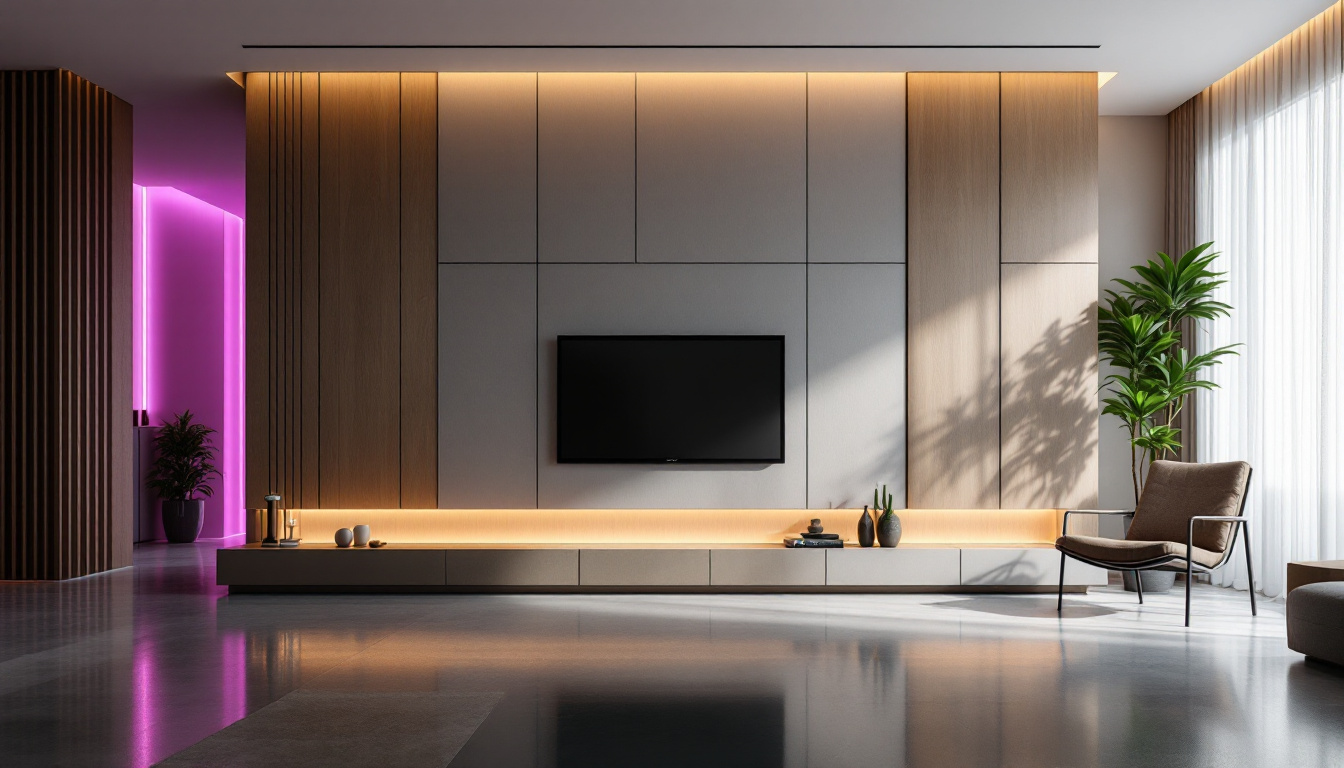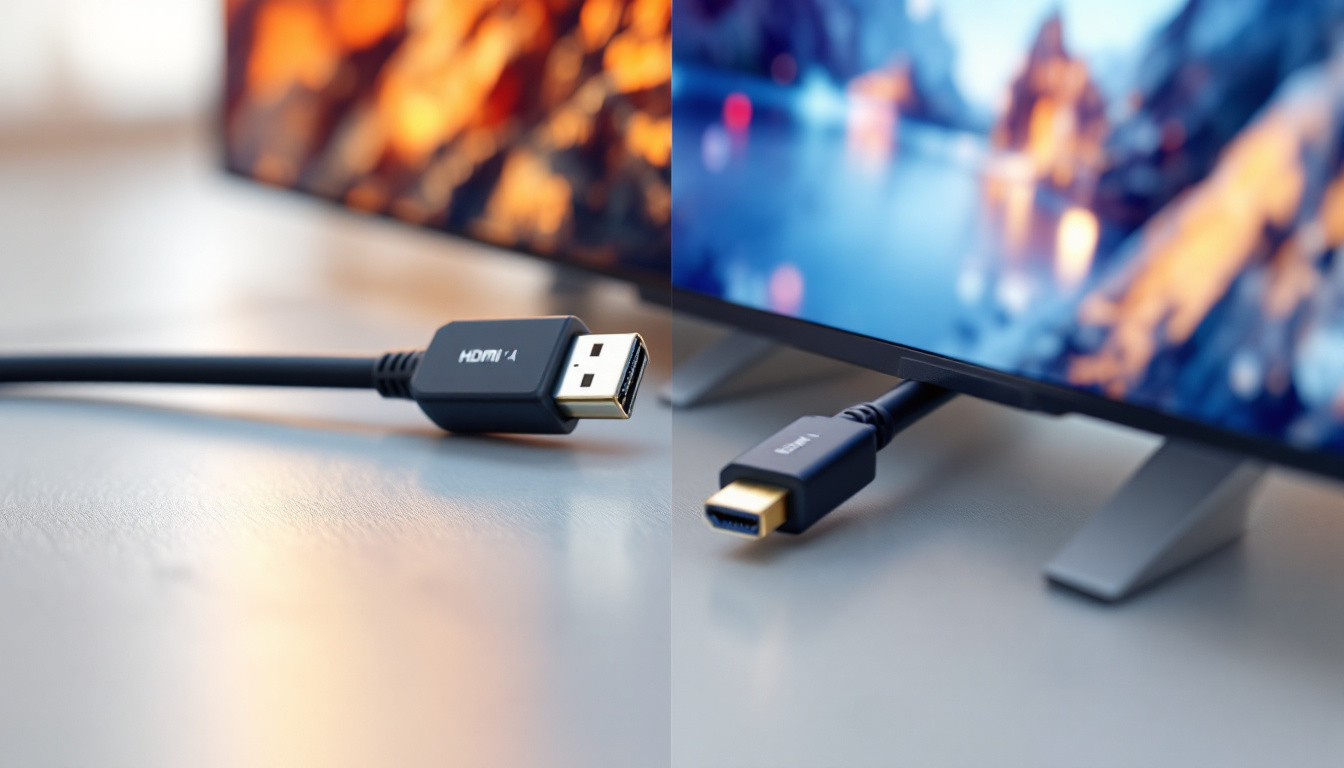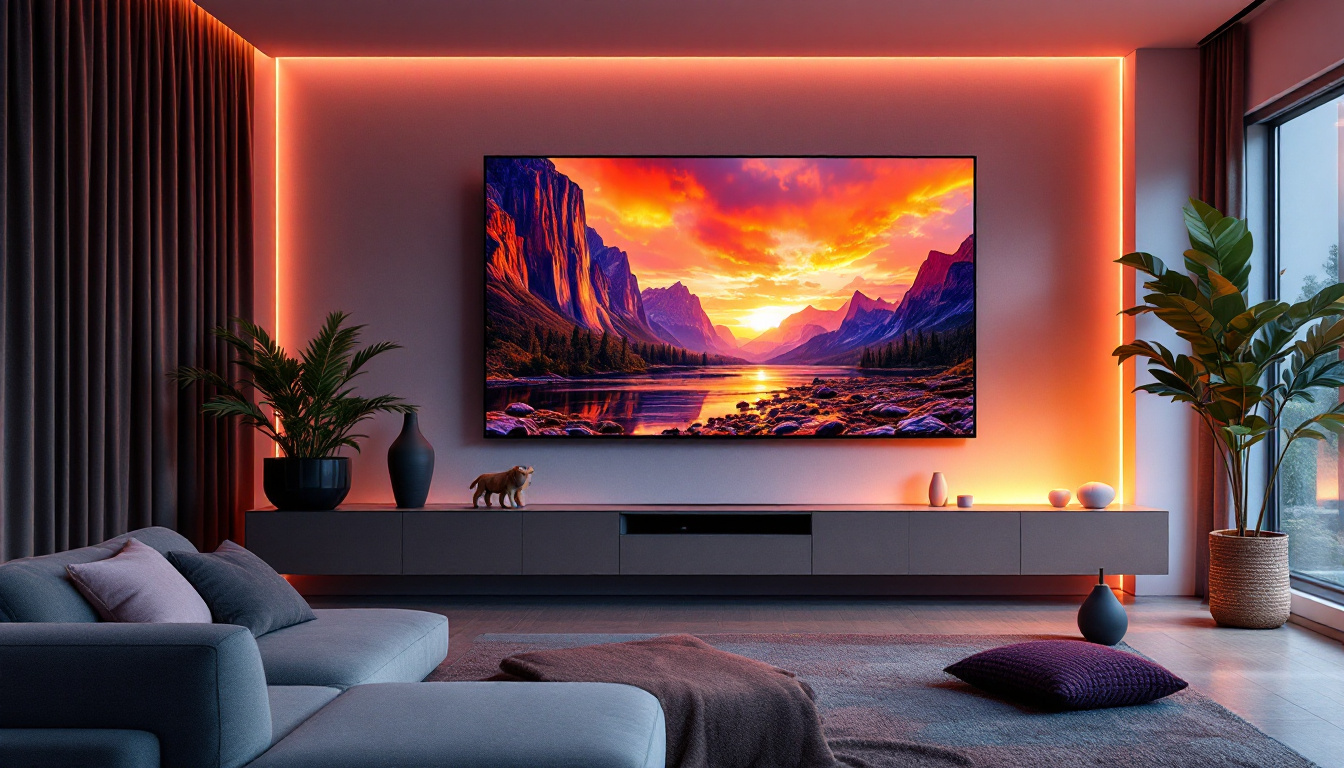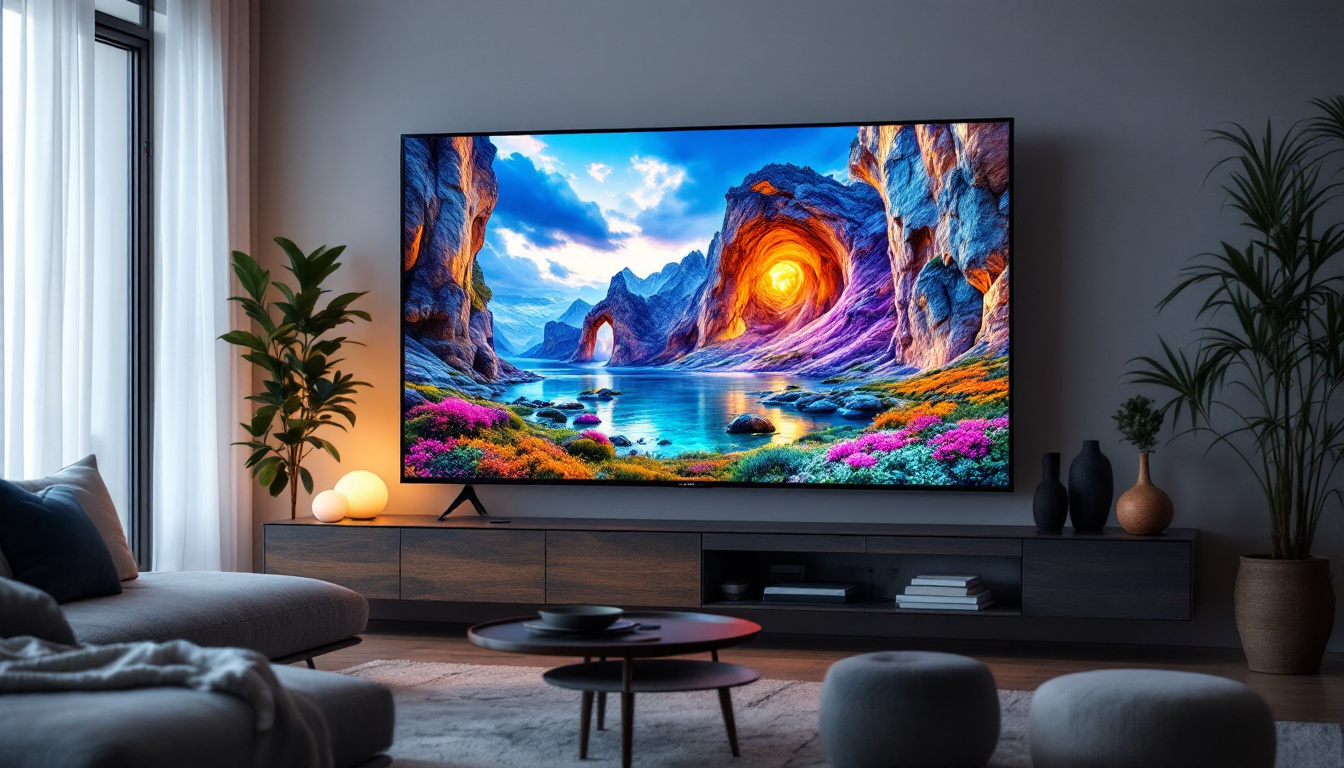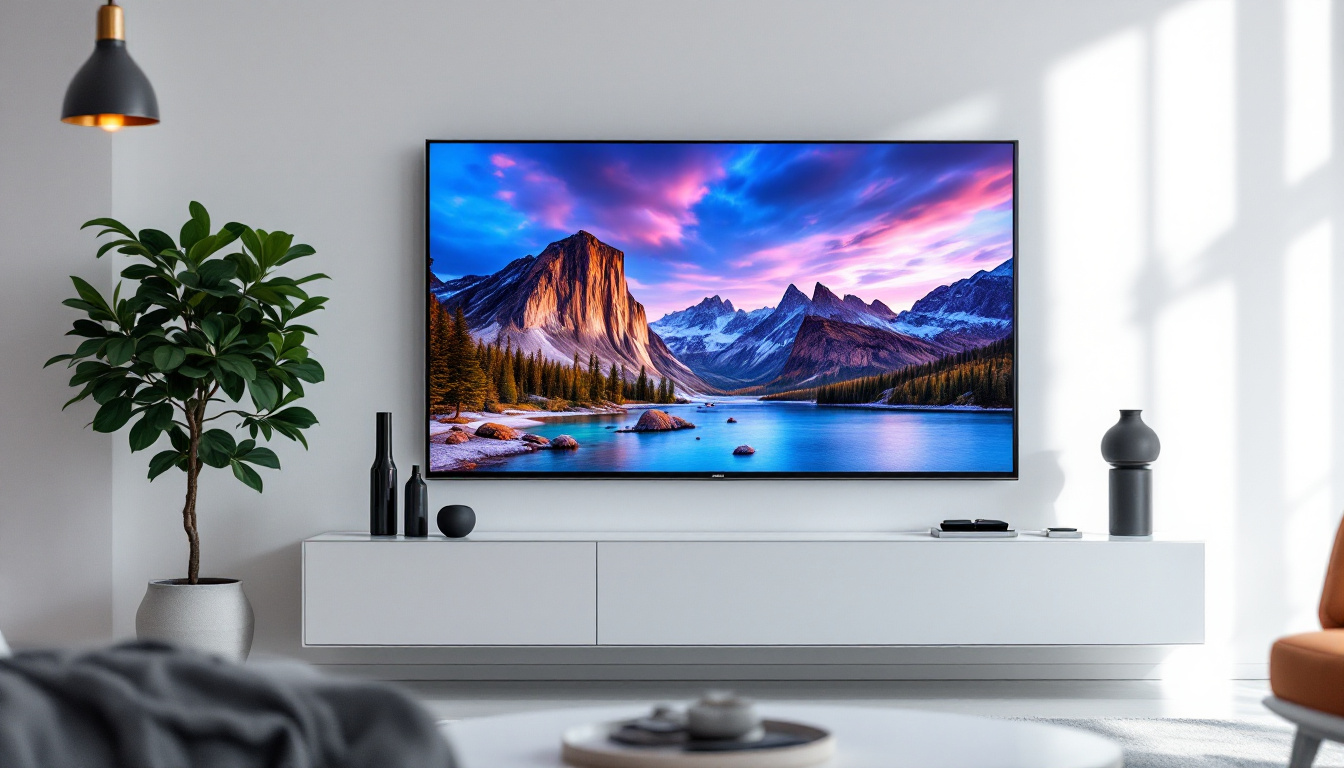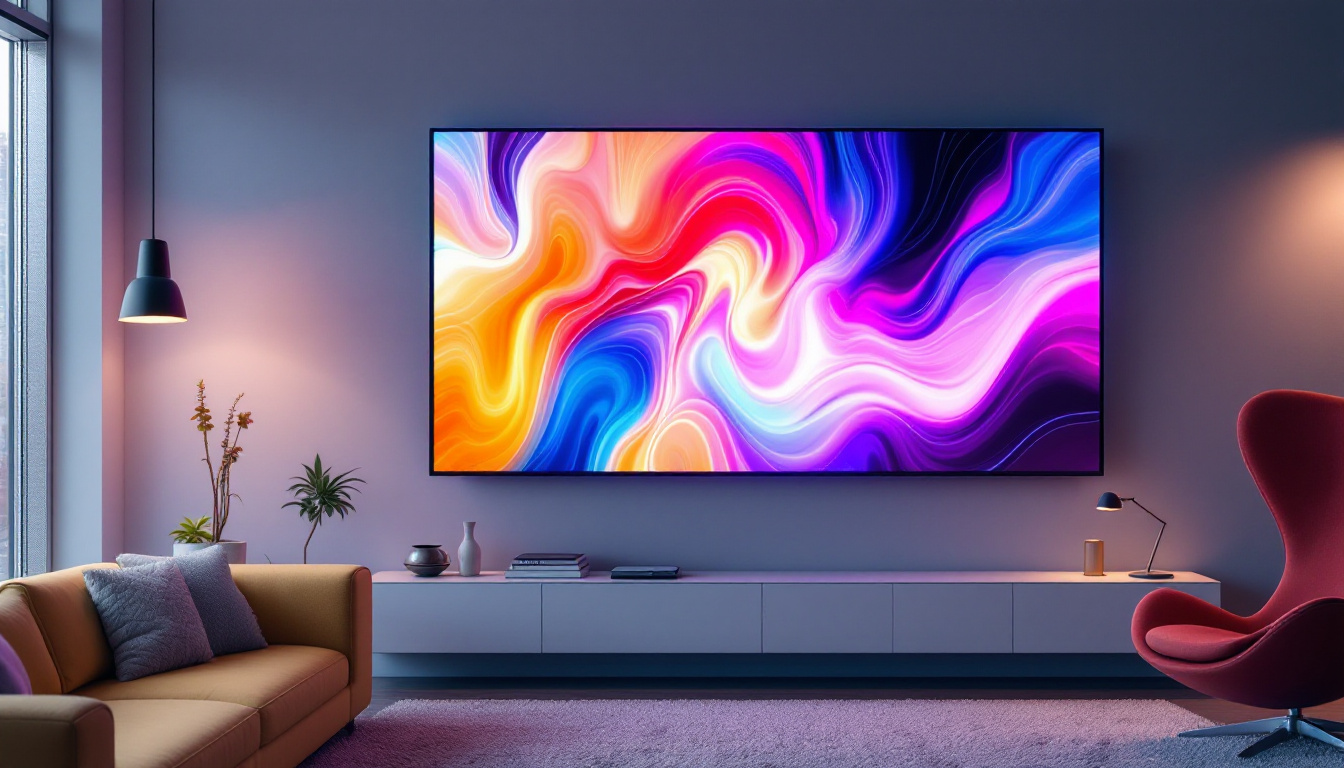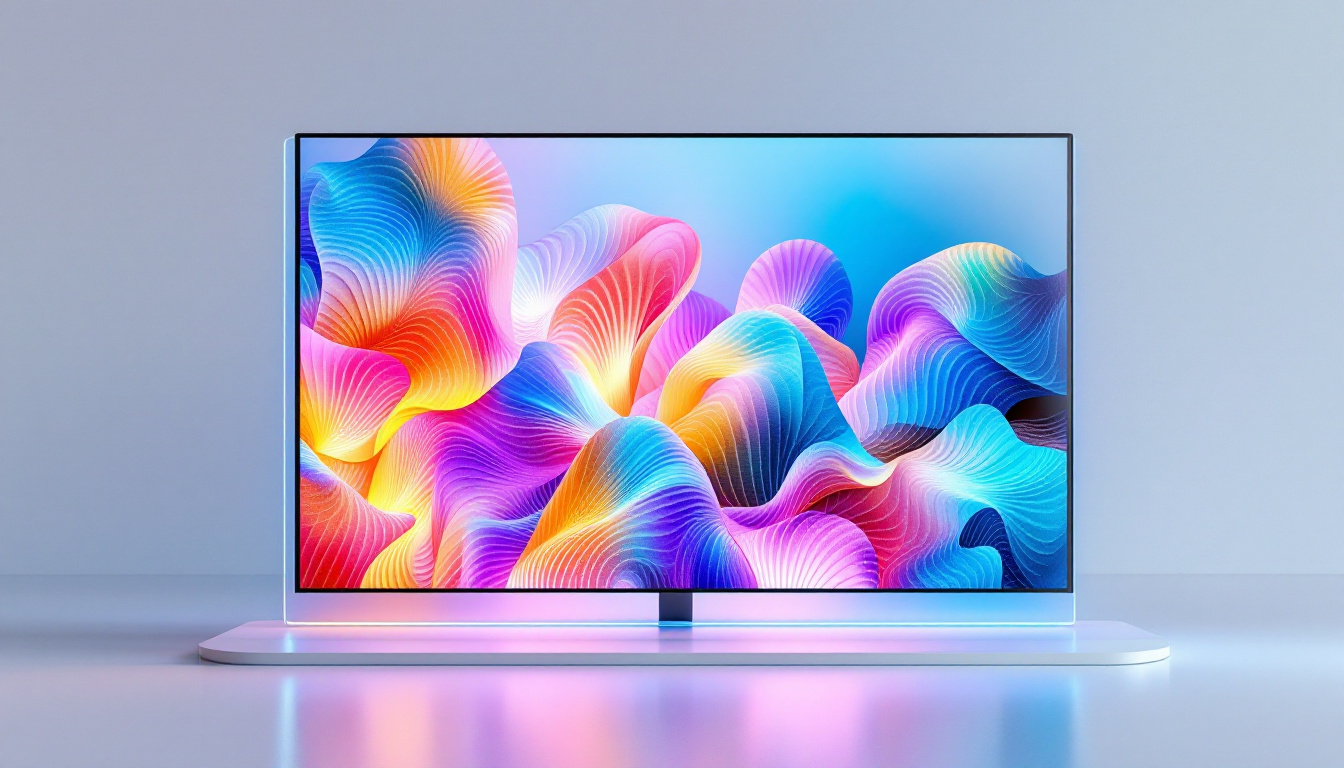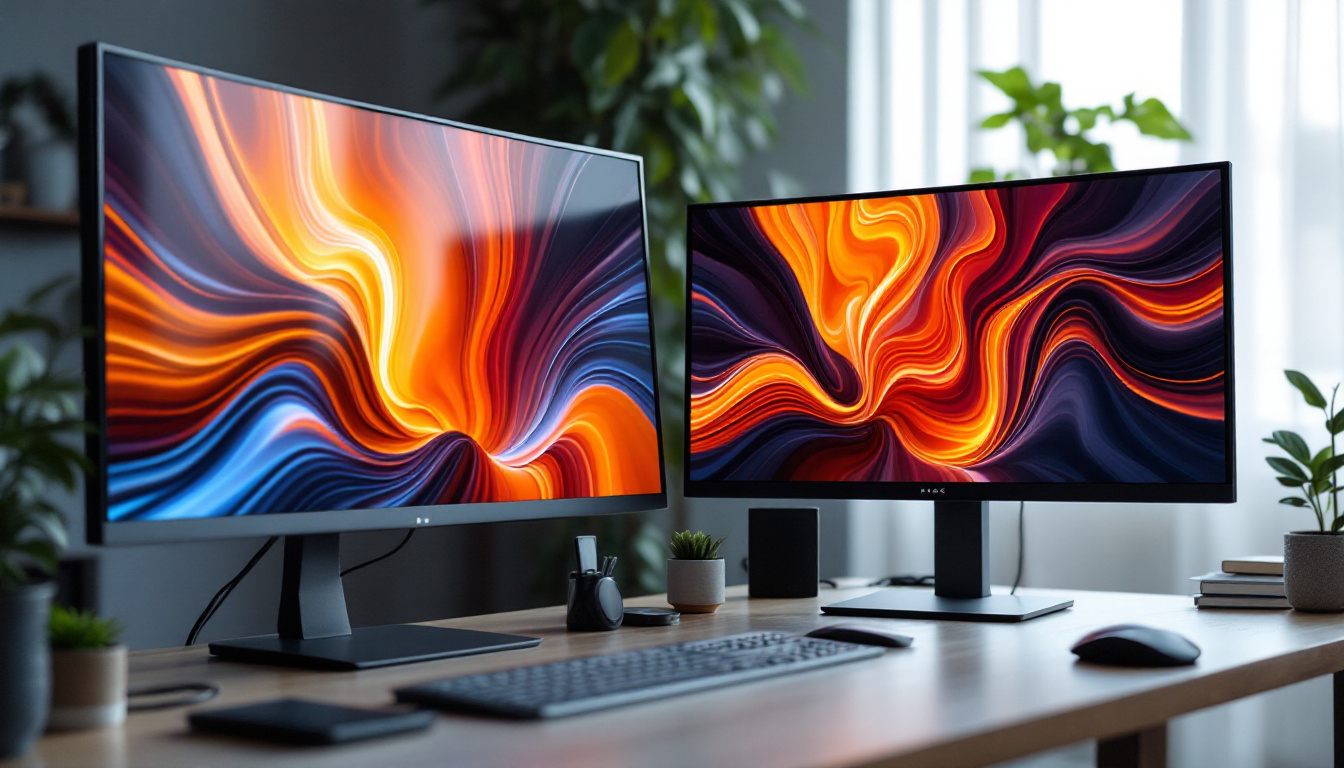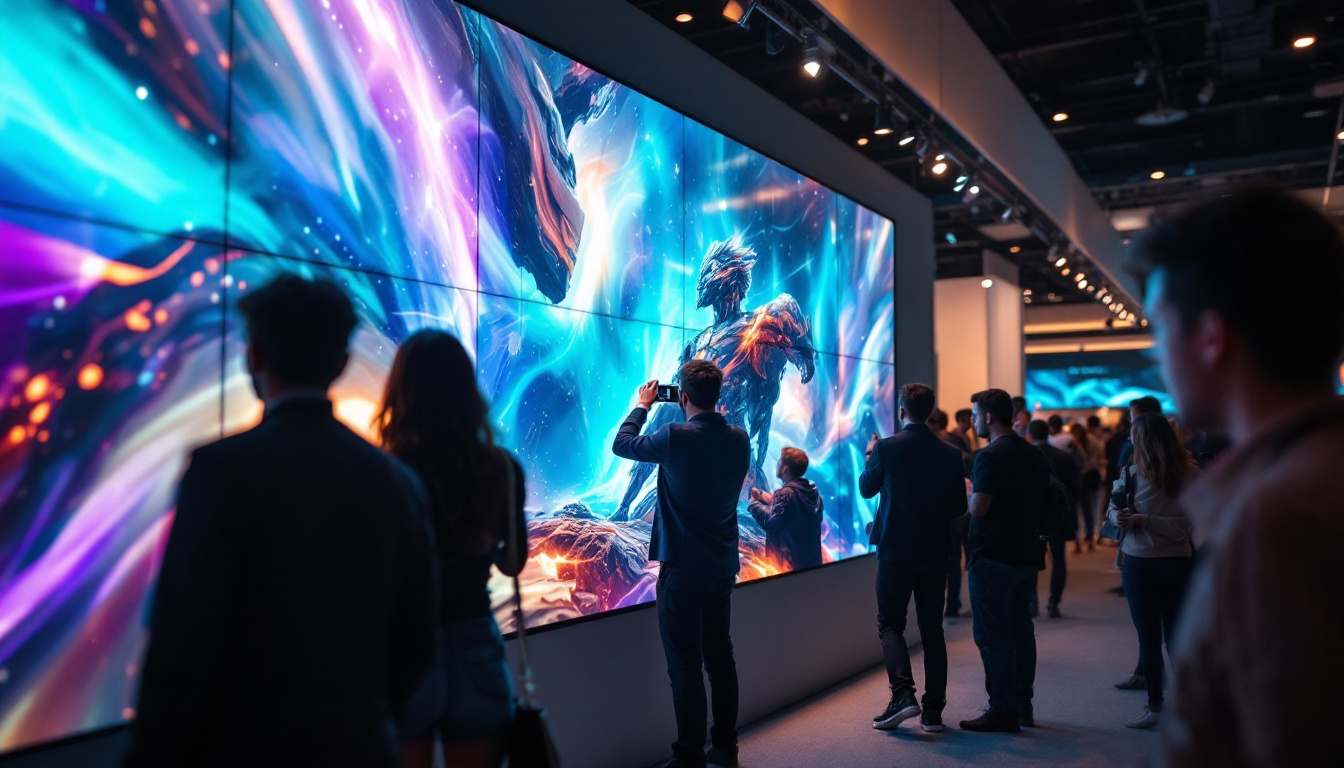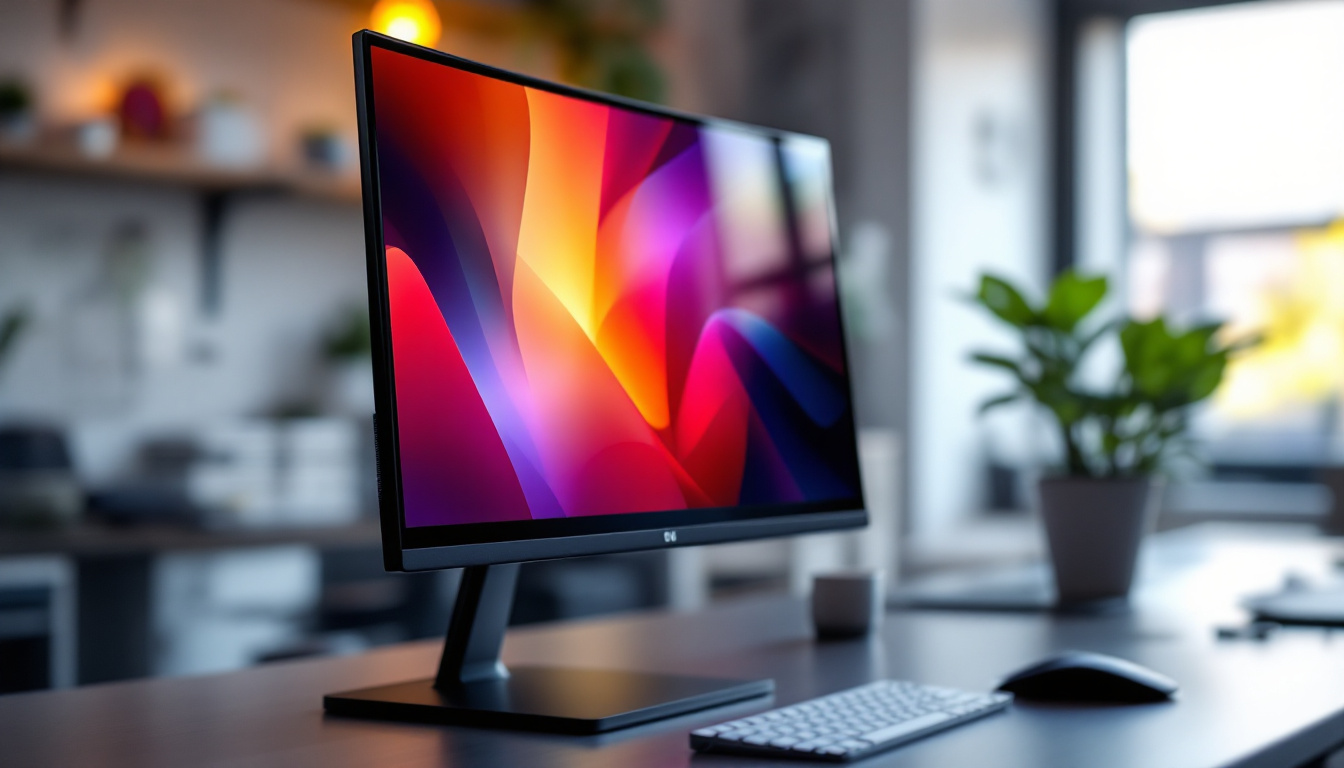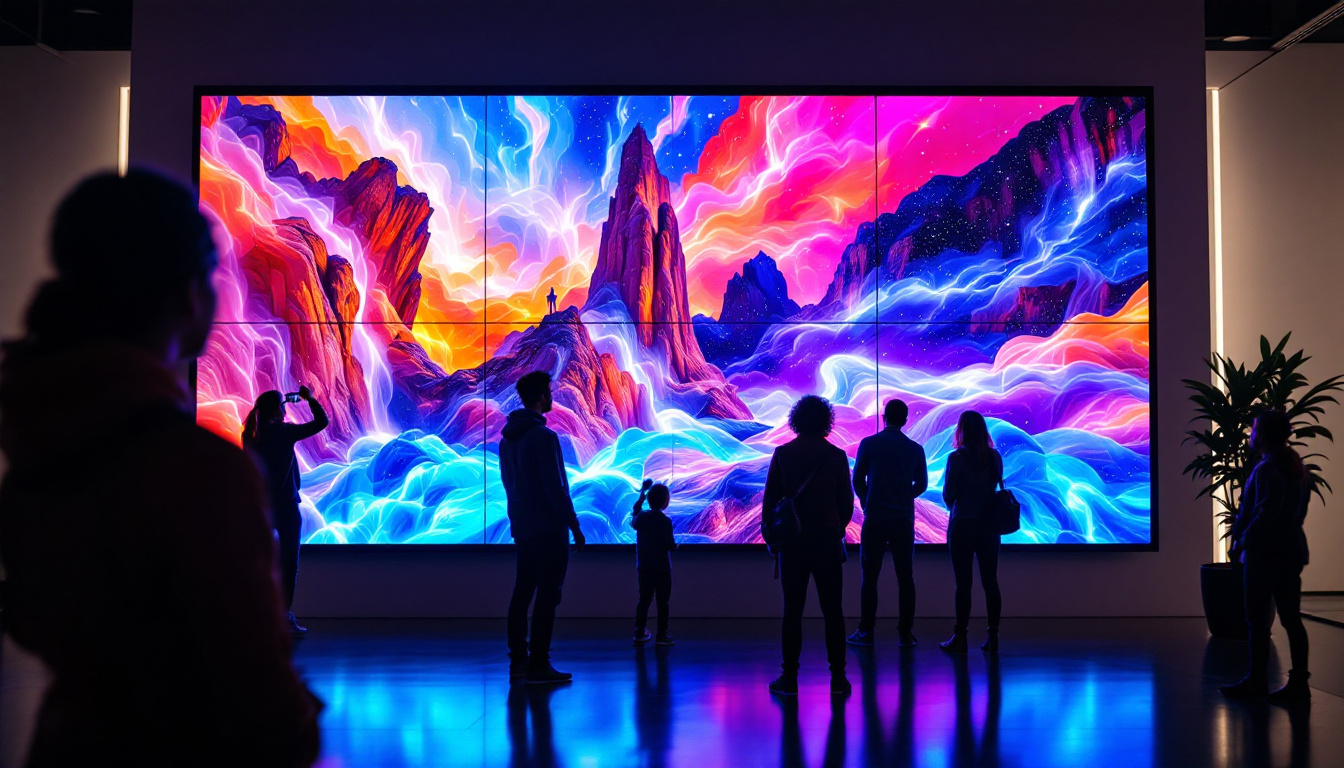Curved Screen TV: LED Display Explained
In recent years, curved screen TVs have gained significant popularity among consumers looking to enhance their home entertainment experience. These innovative displays promise to deliver a more immersive viewing experience, but how do they actually work? This article will delve into the intricacies of curved screen technology, particularly focusing on LED displays, their advantages, and considerations for potential buyers.
Understanding Curved Screen Technology
Curved screen technology is designed to create a more engaging viewing experience by wrapping the image around the viewer’s field of vision. This design principle aims to mimic the natural curvature of the human eye, allowing for a more immersive experience compared to traditional flat screens.
The Science Behind Curvature
The curvature of the screen is not merely a design choice; it is rooted in optical science. By bending the display, manufacturers can reduce distortion and enhance the perception of depth. This curvature allows for a wider field of view, making the images appear more lifelike and engaging.
Moreover, the curvature can help to minimize glare from ambient light sources, as the angle at which light hits the screen is altered. This can lead to improved contrast and color accuracy, particularly in brightly lit environments. Additionally, the curved design can reduce eye strain during prolonged viewing sessions, as it allows for a more natural alignment of the viewer’s line of sight with the screen, promoting a more comfortable viewing posture.
Types of Curved Displays
Curved displays are available in various technologies, including OLED and LED. While OLED screens are known for their deep blacks and vibrant colors, LED displays have become the more popular choice due to their affordability and brightness. Understanding the differences between these technologies can help consumers make informed decisions when purchasing a curved screen TV.
LED displays utilize a backlighting system, which can vary in quality and performance. The most common types of LED backlighting include edge-lit and full-array. Edge-lit displays are thinner and often more affordable, while full-array displays provide better uniformity and contrast, making them ideal for curved screens. In contrast, OLED technology offers self-emissive pixels that can turn off individually, resulting in true blacks and unparalleled contrast ratios. This characteristic makes OLED screens particularly appealing for cinematic experiences, where shadow detail and color vibrancy are paramount.
Another emerging technology in the realm of curved displays is Quantum Dot technology, which enhances color accuracy and brightness by utilizing nanometer-sized semiconductor particles. This technology can be combined with both LED and OLED displays to further elevate the viewing experience. As manufacturers continue to innovate, the landscape of curved screen technology is likely to evolve, offering consumers even more options that cater to their specific viewing preferences and environments.
Advantages of Curved Screen TVs
Curved screen TVs offer several advantages that can enhance the overall viewing experience. From improved immersion to aesthetic appeal, these displays have become a popular choice for many consumers.
Enhanced Immersion
One of the primary benefits of a curved screen TV is the enhanced immersion it provides. The curvature allows for a wider field of view, which can make viewers feel more enveloped in the content they are watching. This is particularly beneficial for movies, video games, and sports, where an immersive experience can significantly enhance enjoyment.
Furthermore, the curvature can create a more consistent viewing experience, as it helps to maintain a uniform distance from the viewer’s eyes to the screen. This can lead to a more comfortable viewing experience, reducing eye strain during extended periods of use.
Improved Viewing Angles
Curved screens can also offer better viewing angles compared to flat screens. With a flat display, images can appear washed out or distorted when viewed from the side. Curved screens, however, help to maintain color accuracy and contrast, even when viewed from off-angles. This feature is particularly advantageous for families or groups watching together, as everyone can enjoy a high-quality image regardless of their position in the room.
Aesthetic Appeal
Beyond functionality, curved screen TVs also boast a sleek and modern design that can enhance the aesthetics of any room. The unique shape can serve as a focal point, adding a touch of sophistication to home decor. Many consumers appreciate the futuristic look that curved screens provide, making them a popular choice for contemporary living spaces.
Considerations When Buying a Curved Screen TV
While curved screen TVs offer numerous advantages, potential buyers should also consider several factors before making a purchase. Understanding these aspects can help ensure that the investment aligns with personal preferences and viewing habits.
Viewing Distance
One of the most critical factors to consider when purchasing a curved screen TV is the viewing distance. The curvature of the screen is designed to enhance immersion, but it is most effective when viewed from an optimal distance. For larger screens, a greater distance is typically recommended to fully appreciate the benefits of the curvature.
As a general rule, the ideal viewing distance should be approximately 1.5 to 2.5 times the diagonal size of the screen. For instance, if you are considering a 65-inch curved screen TV, the optimal viewing distance would range from about 8 to 13 feet. Ensuring that you have the appropriate distance will maximize the immersive experience.
Room Layout and Lighting
The layout and lighting of the room where the TV will be placed can significantly impact the viewing experience. Curved screens can help reduce glare from ambient light, but they are not immune to reflections. Therefore, it is essential to consider the placement of windows, lamps, and other light sources when deciding on a location for your curved TV.
Additionally, the room’s layout can affect how well the curvature works. If the seating arrangement is too far off to the side, some of the benefits of the curved design may be lost. Ideally, the seating should be positioned directly in front of the TV to fully appreciate the enhanced viewing angles.
Cost Considerations
Curved screen TVs tend to be more expensive than their flat counterparts, primarily due to the manufacturing process and technology involved. While prices have been decreasing over time, it is still essential for consumers to set a budget and consider whether the benefits of a curved screen justify the additional cost.
When evaluating cost, it is also crucial to consider the long-term investment. A higher-quality curved screen TV may provide a better viewing experience and last longer than a cheaper, lower-quality model. Researching brands and reading reviews can help consumers find the best balance between price and performance.
LED Display Technology Explained
LED (Light Emitting Diode) technology has revolutionized the television industry, offering brighter images, better energy efficiency, and thinner designs compared to traditional LCDs. Understanding how LED displays work is vital for anyone considering a curved screen TV.
How LED Displays Work
LED displays are essentially LCD screens that use LED backlighting instead of the traditional CCFL (Cold Cathode Fluorescent Lamp) technology. This shift has allowed for better brightness and contrast, as well as a more energy-efficient design. The two main types of LED backlighting are edge-lit and full-array, each with its own advantages and disadvantages.
Edge-lit displays use LEDs positioned around the edges of the screen, which can create a thinner profile but may result in less uniform brightness across the screen. Full-array displays, on the other hand, have a grid of LEDs behind the entire screen, allowing for more precise control over brightness and contrast, particularly in dark scenes.
Color Accuracy and Brightness
One of the standout features of LED displays is their ability to produce vibrant colors and high brightness levels. This is particularly important for curved screens, as the curvature can enhance the perception of color depth and contrast. High Dynamic Range (HDR) technology is often paired with LED displays to further improve color accuracy and brightness, resulting in stunning visuals that can captivate viewers.
HDR allows for a greater range of colors and contrast levels, making images appear more lifelike. When combined with the immersive qualities of a curved screen, HDR can elevate the viewing experience to new heights, making it a desirable feature for many consumers.
Future of Curved Screen TVs
The future of curved screen TVs looks promising, with ongoing advancements in technology and design. As manufacturers continue to innovate, consumers can expect to see improvements in performance, affordability, and overall user experience.
Emerging Technologies
As the demand for curved screens grows, manufacturers are exploring new technologies that can enhance the viewing experience even further. For instance, advancements in MicroLED and QLED technologies are paving the way for brighter, more vibrant displays with improved color accuracy and contrast.
Additionally, the integration of smart technology into curved screens is becoming increasingly common. Features such as voice control, streaming capabilities, and compatibility with smart home devices are making these TVs more versatile and user-friendly.
Consumer Trends
Consumer preferences are also evolving, with many individuals seeking more personalized viewing experiences. This trend is leading to an increase in customizable features, such as adjustable curvature and screen size options. As manufacturers respond to these demands, the future of curved screen TVs is likely to be shaped by consumer feedback and preferences.
Moreover, as more content becomes available in 4K and HDR formats, the appeal of curved screen TVs will likely continue to grow. The combination of advanced display technology and immersive design makes them an attractive option for home entertainment enthusiasts.
Conclusion
Curved screen TVs represent a significant advancement in display technology, offering a unique blend of immersion, improved viewing angles, and aesthetic appeal. While they come with considerations such as viewing distance, room layout, and cost, the benefits can outweigh these factors for many consumers.
Understanding LED display technology is essential for making an informed decision when purchasing a curved screen TV. As the industry continues to evolve, consumers can look forward to even more exciting developments in the world of curved displays.
Ultimately, whether for gaming, movie watching, or simply enhancing the home environment, curved screen TVs offer an engaging and visually stunning experience that is hard to replicate with traditional flat screens. As technology advances, the future of home entertainment looks bright.
Discover the Future of Immersive Viewing with LumenMatrix
Ready to take your home entertainment to the next level with a curved screen TV that offers unparalleled immersion and visual impact? Look no further than LumenMatrix, a pioneer in LED display technology. Our extensive range of solutions, from Indoor and Outdoor LED Wall Displays to innovative LED Sports and Floor Displays, is designed to transform your viewing experience. Whether you’re gaming, enjoying your favorite movies, or looking to make a statement with Custom LED Displays, LumenMatrix has the cutting-edge technology to bring your vision to life. Check out LumenMatrix LED Display Solutions today and see how we’re revolutionizing visual communication with displays that captivate and engage.




